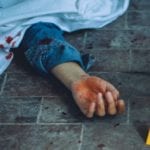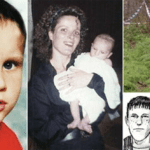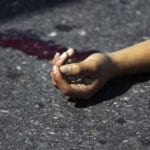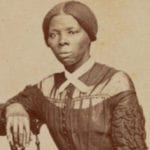 Our World
Our World  Our World
Our World  Movies and TV
Movies and TV The 10 Coolest Stars to Set Sail on The Love Boat
 History
History 10 Things You Didn’t Know About the American National Anthem
 Technology
Technology Top 10 Everyday Tech Buzzwords That Hide a Darker Past
 Humans
Humans 10 Everyday Human Behaviors That Are Actually Survival Instincts
 Animals
Animals 10 Animals That Humiliated and Harmed Historical Leaders
 History
History 10 Most Influential Protests in Modern History
 Creepy
Creepy 10 More Representations of Death from Myth, Legend, and Folktale
 Technology
Technology 10 Scientific Breakthroughs of 2025 That’ll Change Everything
 Our World
Our World 10 Ways Icelandic Culture Makes Other Countries Look Boring
 Our World
Our World 10 Ways Your Christmas Tree Is More Lit Than You Think
 Movies and TV
Movies and TV The 10 Coolest Stars to Set Sail on The Love Boat
 History
History 10 Things You Didn’t Know About the American National Anthem
Who's Behind Listverse?

Jamie Frater
Head Editor
Jamie founded Listverse due to an insatiable desire to share fascinating, obscure, and bizarre facts. He has been a guest speaker on numerous national radio and television stations and is a five time published author.
More About Us Technology
Technology Top 10 Everyday Tech Buzzwords That Hide a Darker Past
 Humans
Humans 10 Everyday Human Behaviors That Are Actually Survival Instincts
 Animals
Animals 10 Animals That Humiliated and Harmed Historical Leaders
 History
History 10 Most Influential Protests in Modern History
 Creepy
Creepy 10 More Representations of Death from Myth, Legend, and Folktale
 Technology
Technology 10 Scientific Breakthroughs of 2025 That’ll Change Everything
 Our World
Our World 10 Ways Icelandic Culture Makes Other Countries Look Boring
10 Unsolved Murders Linked To Organized Crime
The professional hit is the trademark of organized gangs from the Mafia to the Hell’s Angels. Such murders are carried out to get rid of an inconvenient individual or simply to send a warning to others in the criminal world. And because of the expert nature of such crimes, a disproportionate number seem to go unsolved.
10John Favara
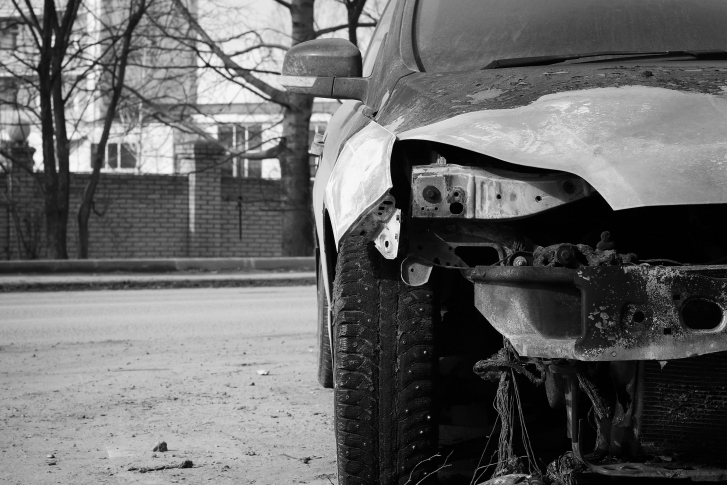
In 1980, 51-year-old factory worker John Favara lived in the Howard Beach section of Queens in New York City, where he had the misfortune to encounter several members of the Mafia, including his neighbor, John Gotti. At the time, Gotti was an up-and-coming figure in the Gambino crime family, which he would later lead as “the Teflon Don.”
On March 18, Favara was driving home from work when he hit and killed the mobster’s 12-year-old son. The death was an unfortunate accident—the sun had blinded Favara just as the young Gotti zipped into his path on a minibike—but the boy’s mother, Victoria, didn’t see things that way. Favara began to receive anonymous threats and Victoria Gotti even publicly attacked him with a baseball bat. Favara didn’t press charges, but on July 28, 1980, he was seen being attacked in a parking lot and shoved into a van. He was never seen again.
It’s widely accepted that Favara was killed on the orders of the Gotti family, although John and Victoria themselves were conveniently on vacation in Florida at the time. John Gotti Jr. even told the television show 60 Minutes that he believed his father was behind the disappearance. The exact whereabouts of Favara’s body remain a mystery, although one rumor implies that it was dissolved in a vat of acid.
9Geoffrey Bowen

On March 2, 1994, Australia was shocked by a brazen attack on the country’s law enforcement. That morning, Detective Sergeant Geoffrey Bowen opened a package in his office at the National Crime Authority (NCA) building in Adelaide, triggering an explosion that destroyed much of the office and killed Bowen instantly. The blast also severely wounded NCA lawyer Peter Wallis, who lost an eye and sustained burns over 40 percent of his body.
The investigation into the case quickly came to focus on a man named Domenic Perre, widely believed to be a senior figure in organized crime in the country. Bowen had been heavily involved in the NCA’s investigation of the Italian Mafia in Australia, with a particular focus on the Calabrian ‘Ndrangheta syndicate. His work led him to arrest Perre for running a gigantic marijuana farm in Northern Australia.
Within a week of the bombing, Perre had been arrested and charged with the crime. A witness came forward to say that Perre had asked him to hide detonators and bomb-making guides. But a week before his trial, prosecutors sensationally decided to withdraw the charges, arguing that there wasn’t enough evidence for a conviction. The Department of Public Prosecution has consistently declined to reopen the case, even after an inquiry concluded that “the only reasonable inference to be drawn from the evidence is that Domenic Perre was responsible.”
8Butch Petrocelli
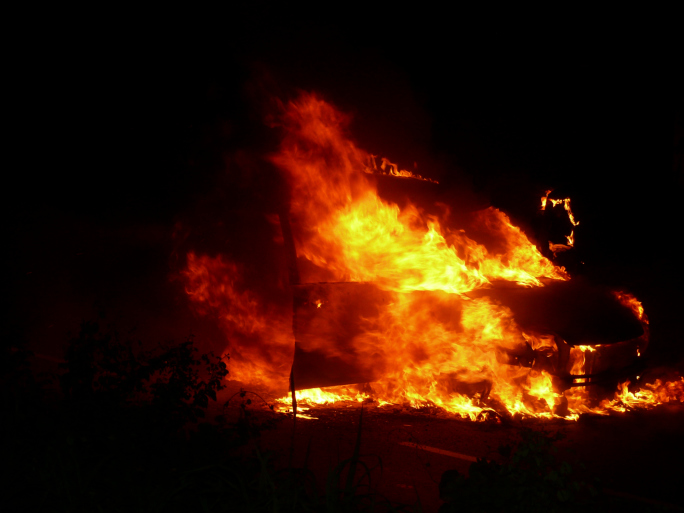
Since the days of Al Capone, the Mafia’s Chicago Outfit has had a ruthless reputation for dealing with associates who betray the organization. William “Butch” Petrocelli is a prime example of what happens when you tamper with Outfit business. A violent hit man, Butch carried out numerous mob murders with his partner Harry “The Hook” Aleman. But as the ’70s wore on, Butch began to rub his superiors the wrong way. Among other things, he was accused of performing unsanctioned murders and attracting police attention with his lavish lifestyle. When Aleman went to prison, Butch was suspected of skimming money from his appeal fund.
He was last seen alive on December 30, 1980. On March 15, 1981, his body was found in his car in the nearby town of Cicero. His throat had been cut and he had been repeatedly stabbed in the chest. His body was gruesomely burned, but not completely incinerated, apparently because the killers had left the car windows up, depriving the blaze of oxygen. Nobody was ever arrested for the murder, although Outfit associate Nicholas Calabrese later claimed he had carried out the killing with his brother Frank.
7Don Hancock

Not many people would take on the Gypsy Jokers, an international motorcycle club known to engage in serious criminal activities. On October 1, 2000, several members of a chapter in Australia were sitting around a campfire in the town of Ora Banda when a sniper shot and killed one of their members, 39-year-old Billy Grierson. It wasn’t long before the Jokers put together a plan to kill the man they believed was responsible—a former police detective named Don Hancock.
After a long and controversial career, which included a campaign against motorcycle gangs like the Gypsy Jokers, Hancock had retired and owned a bar and hotel in Ora Banda. Just hours before Grierson was shot dead, he had been involved in an altercation with Hancock at his bar. West Australian police did consider Hancock a suspect in Grierson’s murder, but concluded that the gang had a number of enemies who could have carried out the shooting. But that wasn’t good enough for the Gypsy Jokers.
On September 1, 2001, Don Hancock and his friend, Lawrence Lewis, were killed by a powerful remote-controlled bomb planted in their car. A Gypsy Jokers member named Sid Reid testified that he had planted the bomb on the orders of gang leader Graeme Slater. However, Slater’s trial collapsed after his lawyers were able to cast doubt on Reid’s credibility as a witness. Reid went to jail for his role in the bombing, but Australian law enforcement do not consider him the mastermind.
6Gus Greenbaum

A big player in the early days of Las Vegas, Gus Greenbaum was an associate of notorious Jewish gangsters like Bugsy Siegel and Meyer Lansky and played a key role in managing the Mafia’s gambling investments. After Siegel was murdered, Greenbaum became manager of the Flamingo Casino and became an expert at keeping profits high while skimming the mob’s money off the top. Greenbaum’s money-making skills made him one of the Chicago Outfit’s key assets, managing a series of hotels and casinos throughout the ’40s and ’50s.
But as he got older, Greenbaum became increasingly dependent on drugs and alcohol. Worse, he started stealing from the mob. On December 2, 1958, someone went to Greenbaum’s home in Phoenix, Arizona, and terminated his employment. The aging mobster and his wife Bess were both found with their throats slit. Gus was almost decapitated while Bess had sustained a head wound from a heavy blunt object. The murders have never been solved, although Mafia figure Johnny Roselli later claimed that Meyer Lansky had pushed for Greenbaum to be taken out of the picture.
Greenbaum and another Jewish mobster named Moe Sedway later helped inspire the character of Moe Greene in the first Godfather movie, although the character’s death has more in common with Greenbaum’s old mentor, Bugsy Siegel.
5Theodore Roe
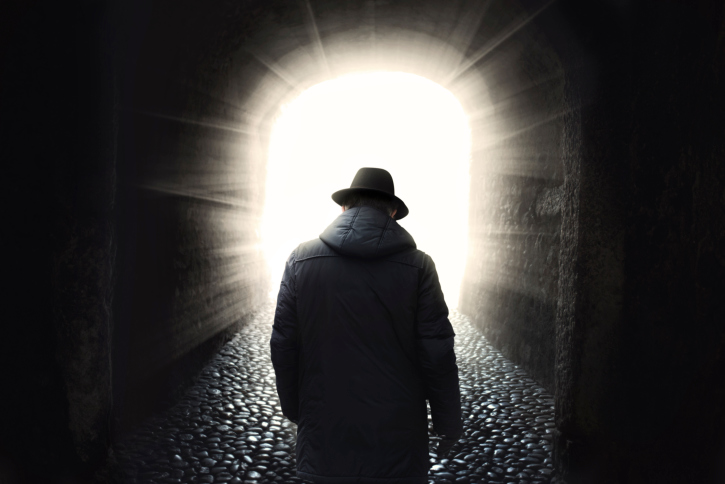
While all gangsters are in it for the money, some like to give back to their community along the way. Chicago crime boss Theodore Roe was in the second category. Born to a poor black family in Louisiana, he became one of Chicago’s leading illegal bookmakers and policy kings. But by the 1940s, he found himself constantly defending his turf against the Italian Chicago Outfit, which wanted to take over the numbers racket in Chicago’s African-American neighborhoods. The Chicago Outfit’s campaign was led by the infamous mobster Sam Giancana.
At first, Giancana tried to buy Roe out, but Roe insisted he would never sell up. On June 19, 1951, three mobsters approached Roe’s car claiming to be police officers, apparently as part of a kidnap attempt. Roe wasn’t fooled, and a scuffle broke out that ended with Roe shooting Leonard “Fat Lenny” Caifano dead. Roe was found to have acted in self-defense, but his days were numbered. On August 4, 1952, he was blasted to death by shotgun-wielding assailants outside of his house. A financially generous man, Roe often gave money to those in need, and over 7,000 locals turned out to pay tribute to him at his funeral service. Nobody ever went to jail for the murder, although Sam Giancana almost certainly ordered it. The identity of the triggerman remains unknown.
In the cycle of the criminal world, Giancana would himself be shot several times in his own basement in 1975. His murder has also never been formally solved.
4Kevin Hanrahan
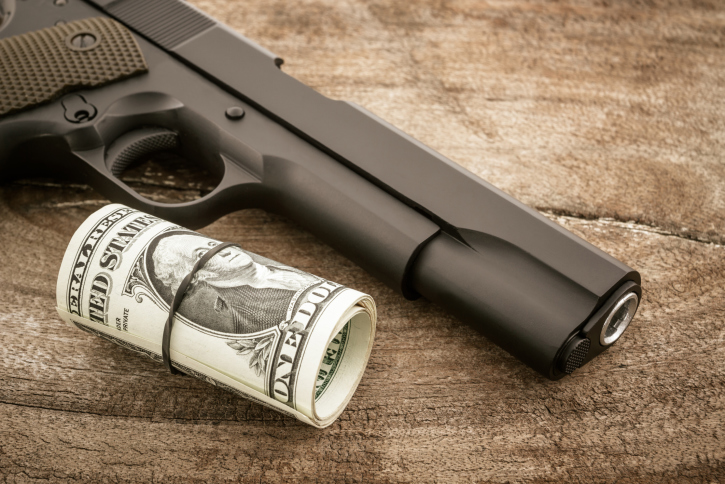
Whenever police in Rhode Island had an unsolved killing on their hands, the Irish mobster Kevin Hanrahan was always at the top of their list of suspects. The cops thought Hanrahan worked as an enforcer for the Italian Patriarca crime family. Among other felonies, he was widely believed to have carried out the notorious gangland slaying of Raymond “Slick” Vecchio in the Federal Hill section of Providence in the early 1980s.
Because of his Irish ancestry, Hanrahan could never be a true member of the Patriarca crew, but he regularly worked for them and carried out his own operations on the side, including shaking down drug dealers, robbery, and extortion. On September 18, 1992, Hanrahan was leaving a Federal Hill restaurant when two men called his name before emptying several bullets directly into his face. Hanrahan’s death remains unsolved, although it might have been payback for the Vecchio killing or for an abortive attempt to kidnap Patriarca associate Blaise J. Marfeo.
3Donald Krosky
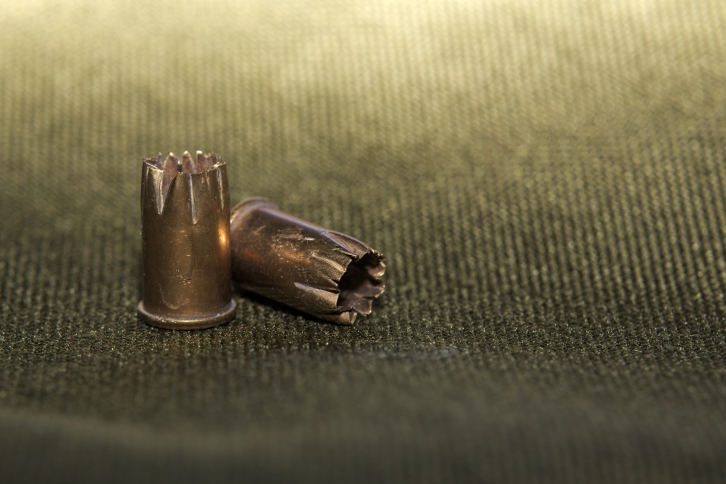
After July 31, 1975, Donald Krosky knew he was on borrowed time. On that fateful day, Krosky became involved in a violent dispute with several members of the Hell’s Angels motorcycle club at his bar in Sandy Hook, Connecticut. The confrontation ended with Krosky opening fire on the bikers, killing two and severely wounding a third. Krosky, who was affiliated with a rival motorcycle club, was the only person armed with a firearm, although one of the Hell’s Angels apparently had a knife.
Local law enforcement quickly arrested Krosky, who was charged with two counts of murder and released on bail for $100,000. In the months following the murders, he reported receiving several anonymous death threats and claimed to be in fear for his life. On the morning of July 19, 1977, he was driving to work with an unnamed 19-year-old female passenger when a stolen car pulled up alongside them. The occupants emptied several bullets into Krosky and his passenger before speeding off through the town of Trumbull, Connecticut. Although his passenger ultimately survived her injuries, Krosky died instantly. To this day, no one has ever been arrested for Krosky’s slaying.
2Nicola Campolongo
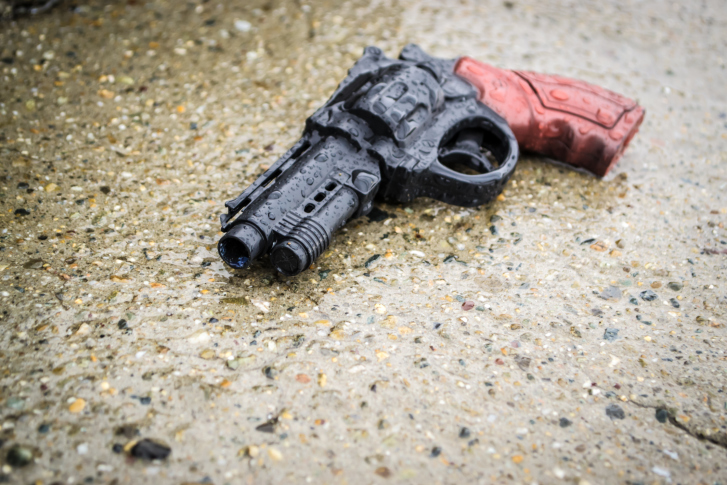
On January 19, 2014, a horrible discovery was made near the Italian city of Cosenza. Three members of the same family had been shot dead and left in their burning car. The main target of the murder was Giuseppe Iannicelli, who police believed may have owed money to the ‘Ndrangheta crime organization. His 27-year-old girlfriend, Ibtissam Touss, was also killed. However, it was the third victim that really stirred a nation long inured to mob-related slayings. Iannicelli’s three-year-old grandson, Nicola “Coco” Campolongo, had been shot in the head in the backseat.
Italian gangsters long had a policy of not targeting children, but the ‘Ndrangheta, widely feared as the country’s most violent crime syndicate, no longer seem to respect that rule. As a result, Nicola’s death shocked Italy, with Pope Francis publicly condemning his killers. Others condemned Nicola’s grandfather, who apparently brought the boy to a criminal meeting in the hope that he would act as a shield against violence. Who exactly is responsible remains a mystery, with the only clue being a 50-cent coin left on top of the burnt-out vehicle, as if to symbolize the cheapness of the deaths.
1Daniel Morgan

With the exception of the Jack the Ripper murders, the slaying of Daniel Morgan may be Great Britain’s most notorious unsolved killing—and the murder may just be linked to some very powerful people. Before he died, Morgan, who by all accounts was a gifted private investigator, had told friends he was digging into a story about police corruption, which he hoped to take to the bestselling News Of The World tabloid. But on March 10, 1987, he was savagely attacked with an axe in the parking lot of a London pub. When his body was found, the axe was still embedded in his head.
The killing attracted some attention at the time but has since taken on a life of its own, as rumors flew that Morgan was killed to cover up corruption in London’s Metropolitan Police. The prime suspect soon became Morgan’s own partner, Jonathan Rees, who was eventually charged with the killing but was acquitted in 2011. The story attracted renewed public interest when Rees was revealed to be one of the private eyes linked to the phone hacking scandal that eventually closed the News Of The World. There is evidence that he remained in contact with senior figures at the tabloid even after he was arrested for perverting the course of justice in 2000.
So far, nobody has been convicted of Morgan’s murder and the reasons behind it remain obscure. However, the investigation was given a boost when a senior politician confirmed that there were links between the murder and corrupt officers involved in the investigation into the racist murder of the teenager Stephen Lawrence, which is currently the subject of a high-profile inquiry. Morgan’s family continues to campaign for justice.
Terry Sutton is a freelance writer for several newspapers in New England as well as the creator and webmanager of the cold case website savagewatch.com.


